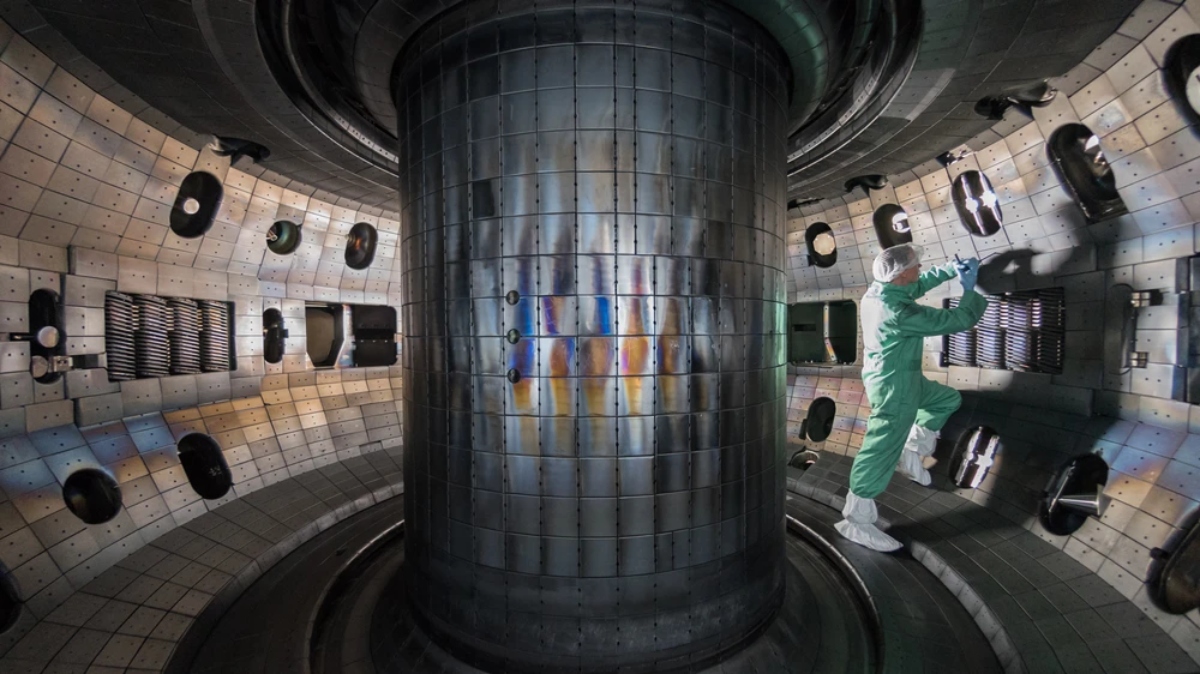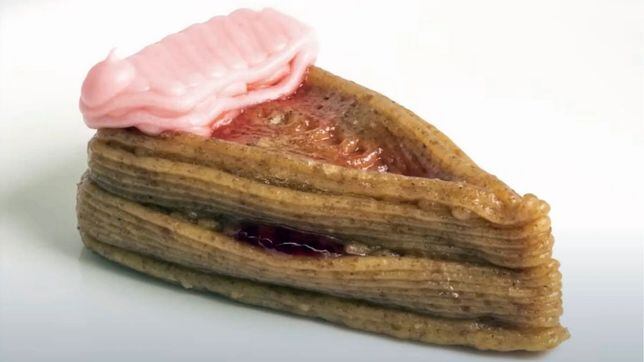Much of what is proposed in futuristic movies about new and non-existent items has not had such a reality in our daily lives. On the other hand, many unthinkable things are part of everyday life. Technology is constantly evolving and, as part of its projection into the future, many things are imagined to be obsolete in a few years.
 The 5 items that will cease to exist
The 5 items that will cease to exist
1. Supermarket checkout line
Everything indicates that the tedious lines at the supermarket are about to come to an end. The existence of the checkout line in large markets, and going through the cash register, is getting closer and closer to ceasing to exist. Today, automation in this wholesale area is a reality in several countries around the world.
2. Charging by cable
More and more smartphones are promoting wireless charging. Several experts have announced that the next iPhone models will not come with this port. Induction charging is a growing trend in new devices. In addition, it will avoid the excess of cables in the home and improve the environmental impact by not producing power adapters.
3. The keys
Technology has also brought smart doors. In this way, we will no longer have problems with respect to having to look for the keys. This situation is also being promoted for automobiles. In addition, several temporary lodgings or hotels have been implementing it to avoid or alleviate the check-in process.
4. The deliverymen
Almost a decade ago, delivery became part of our lives. The evolution, hand in hand with technology, has to do with automation that will reach the delivery drivers. Autonomous robots are already part of different firms, and will soon be on the streets.
5. Physical documents
Identity cards, ID cards, passports, driver’s licenses and credit cards are on their way to not having to be carried in wallets. The digitalization of documents is something that is already being implemented in the financial sector, with payment by app or QR code. The physical version of these plastics is expected to disappear in a few years.

 The 5 items that will cease to exist
The 5 items that will cease to exist


